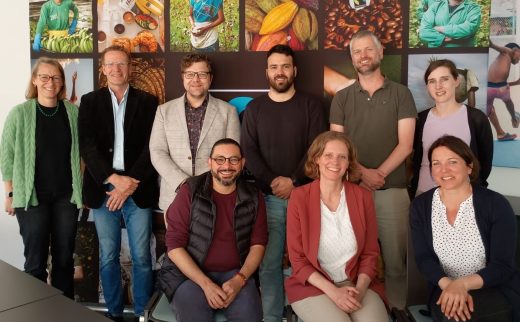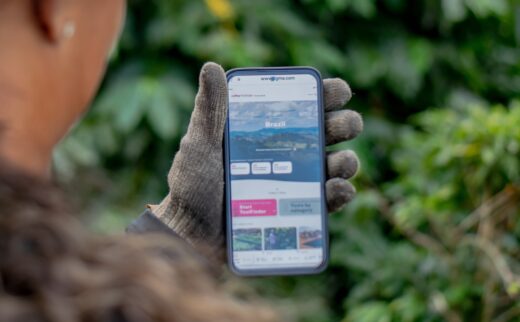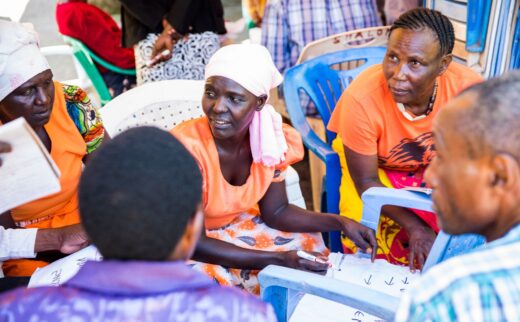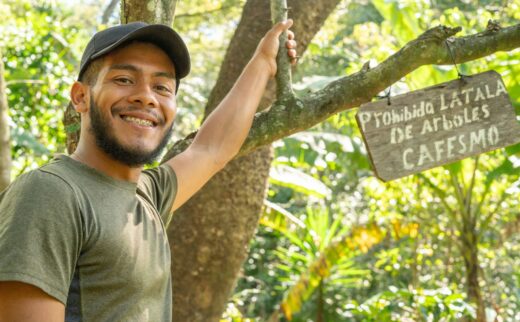Climate-Smart Coffee Production through Agroforestry, Circular Economy, and Youth Engagement

Smallholder farmers constitute by far the largest group of actors in the coffee sector. To make coffee production climate-smart it is crucial to understand the real needs of those millions of men and women, who produce roughly 80 percent of the world’s coffee. The overarching challenge is to do this effectively while simultaneously enhancing resilience of farmers families and production systems against climate change. Experts concurringly stress the central roles that dynamic agroforestry and circular economy need to play in the future to enhance biodiversity, save on agrochemicals, diversify farmers’ income sources, and create perspectives for youth.
ENHANCING BIODIVERSITY AND REDUCING THE USE OF AGROCHEMICALS THROUGH AGROFORESTRY
The significance of agroforestry cannot be underestimated. To better understand the requirements of the coffee tree, it is important to know that coffee is a species that belongs to the semi-deciduous forests of the lower story. What is more, these forests are ecosystems characterized by abundance of water and nutrients. Knowing this, it cannot surprise that full-sun coffee monoculture triggers physiological stress in the plant, leading to premature aging and increased susceptibility to attacks from pests and diseases.

Global climate change is a challenge, but to what extent is regional climate change perhaps even more relevant for smallholder farmers? Site conditions vary considerably from country to country and even within coffee regions, as do the specific effects of climate change like heavy rainfall, heatwaves, drought or mudslides.
Consequently, coffee cultivation systems should always be oriented towards the plant’s original ecosystem, which is generally characterized by forests. This makes upgrading shaded and unshaded coffee plantations into dynamic and resilient agroforestry systems pivotal. As coffee production sites differ within and between countries, Milz demands to introduce Dynamic Agroforestry (DAF) Systems in National Research Projects favorably in all coffee-producing nations.
In contrast to Milz’ sweeping perspective, Leônidas Melo, Professor for Soil Fertility at the Federal University of Lavras, Brazil, and Silvia Torres, Project Coordinator at Hanns R. Neumann Stiftung Brazil work on practical aspects of circular economy. They work on methods that do not exhaust themselves in waste management but rather contribute to adapting to climate change and even mitigating it.
CIRCULAR ECONOMY: TRANSFORMING ORGANIC WASTE INTO VALUABLE RESOURCES
There are three major types of organic waste deriving from coffee production being coffee husk, pruning residues and coffee wastewater. This contrasts with three options to add value to the coffee waste which are producing organic compost, bokashi (fermented organic fertilizer), or biochar.
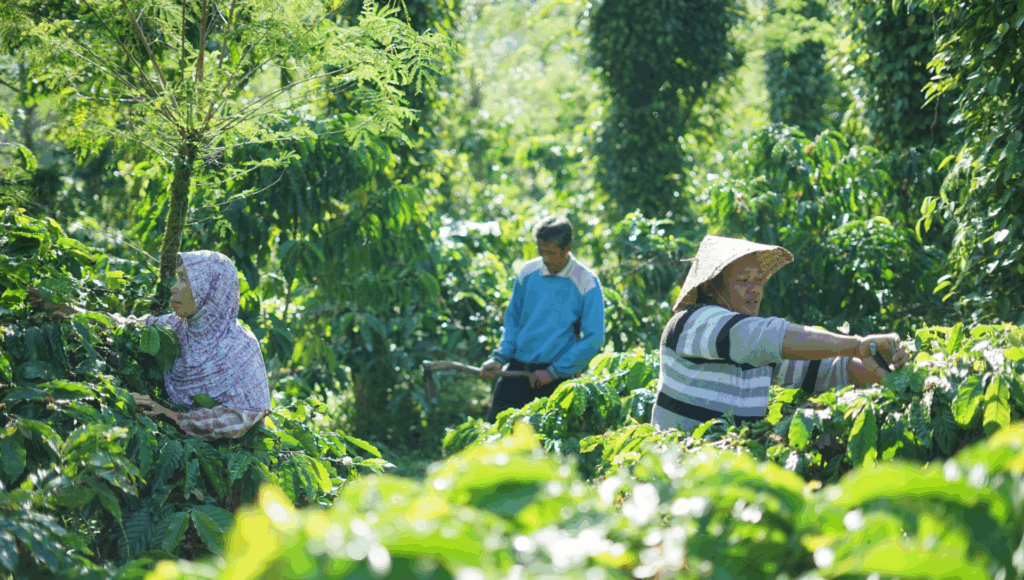

However, starting simple has its benefits: Organic compost – preferably mixed with manure – improves the soil structure and fertility and allows better absorption of nutrients by plants because it stimulates the activity of microorganisms. Applying organic compost regularly over the years will result in a progressive reduction in the use of chemical fertilizers. If farmers add a special mix of microorganisms and sugar to the compost, the resulting product is called bokashi. It instantly activates the microbiota, helps promote the biological balance of the soil, and in effect decreases soil plant pathogen populations.
